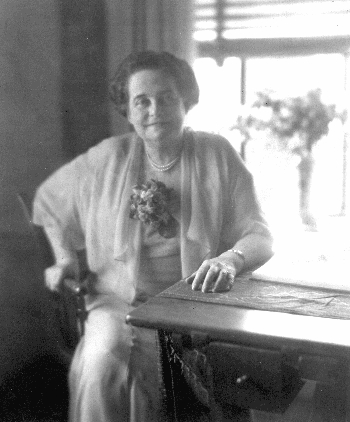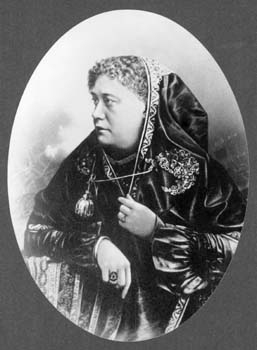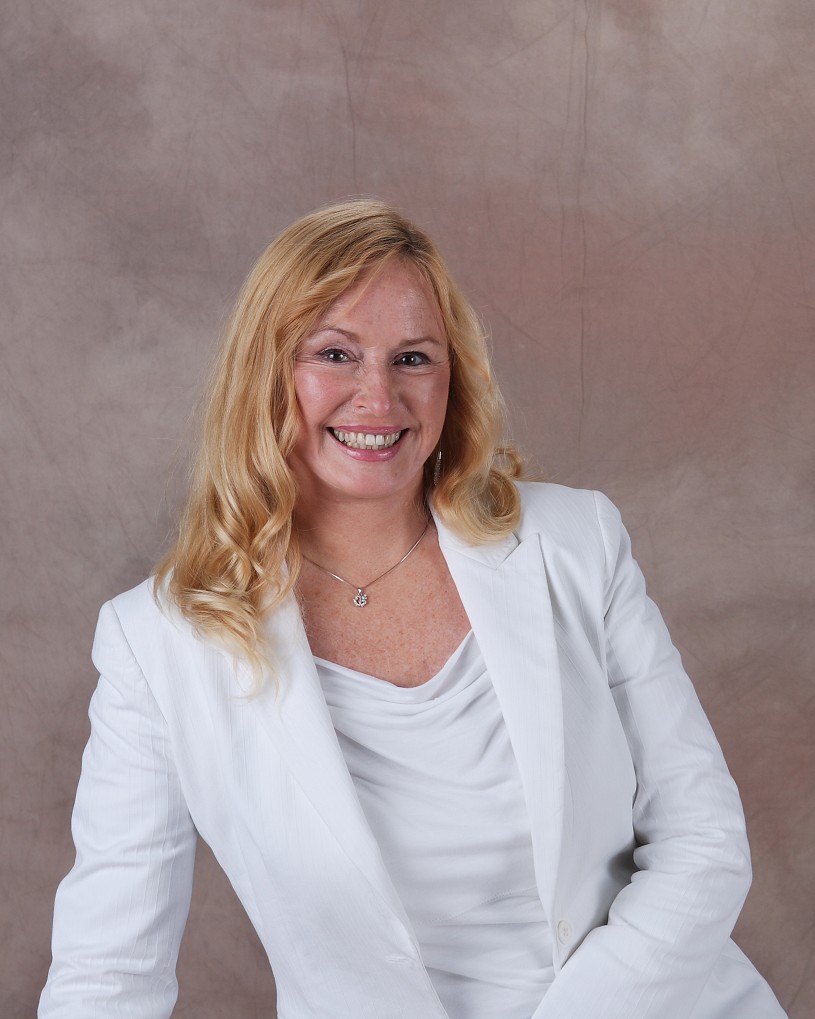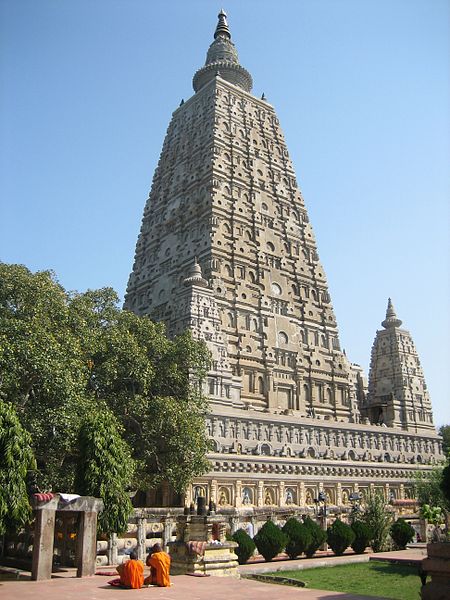 English born esoteric teacher and author, Alice Bailey (1882-1949) first embraced Theosophy in her thirties and later worked independently. Bailey was a prolific writer, working under the inspiration of a Tibetan Buddhist master (called variously ‘the Tibetan’, ‘Djwal Khul’ or ‘DK’) who lived in Tibet and with whom she sustained a telepathic relationship for thirty years during which time they wrote eighteen books together. Bailey also formed the Arcane School for the education of modern spiritual disciples that combined Eastern and Western teachings in an integral path of spiritual development emphasizing study, meditation and service. Bailey was also a disciple of an Indian master, known as Kuthumi – a name taken from an ancient Vedic sage. Kuthumi (also known as KH) was born a Sikh in India but lived much of the time in Tibet and was an advanced member of the Trans-Himalayan School. The Tibetan master with whom she wrote most of her books was himself also the most advanced disciple of Kuthumi. Bailey met the sage Kuthumi at the age of fifteen when he visited her in his physical form in Scotland. Although a Sikh by birth, Kuthumi was profoundly learned in Hindu, Buddhist, Taoist, Christian and other traditions, and is considered by many to be one of our most dedicated and advanced bodhisattvas (he is believed by some, for instance, to have been the Buddhist sage Nagarjuna and also Pythagoras). Bailey maintained a conscious ‘interior’ relationship with her guru Kuthumi from her thirties onward. Her writings and ideas have had a profound influence on the development of modern Western spirituality and the ‘New Age’ movement. The Arcane School exists to this day, and has trained many tens of thousands of students.
English born esoteric teacher and author, Alice Bailey (1882-1949) first embraced Theosophy in her thirties and later worked independently. Bailey was a prolific writer, working under the inspiration of a Tibetan Buddhist master (called variously ‘the Tibetan’, ‘Djwal Khul’ or ‘DK’) who lived in Tibet and with whom she sustained a telepathic relationship for thirty years during which time they wrote eighteen books together. Bailey also formed the Arcane School for the education of modern spiritual disciples that combined Eastern and Western teachings in an integral path of spiritual development emphasizing study, meditation and service. Bailey was also a disciple of an Indian master, known as Kuthumi – a name taken from an ancient Vedic sage. Kuthumi (also known as KH) was born a Sikh in India but lived much of the time in Tibet and was an advanced member of the Trans-Himalayan School. The Tibetan master with whom she wrote most of her books was himself also the most advanced disciple of Kuthumi. Bailey met the sage Kuthumi at the age of fifteen when he visited her in his physical form in Scotland. Although a Sikh by birth, Kuthumi was profoundly learned in Hindu, Buddhist, Taoist, Christian and other traditions, and is considered by many to be one of our most dedicated and advanced bodhisattvas (he is believed by some, for instance, to have been the Buddhist sage Nagarjuna and also Pythagoras). Bailey maintained a conscious ‘interior’ relationship with her guru Kuthumi from her thirties onward. Her writings and ideas have had a profound influence on the development of modern Western spirituality and the ‘New Age’ movement. The Arcane School exists to this day, and has trained many tens of thousands of students.
![]()

Born in Russia, Helena Petrovna Blavatsky (1831-1891) was the founder of the Theosophical Society in 1875, and a charismatic figure in 19th century Indian, European and American culture. She met her spiritual master Morya at the age of twenty in England and began a long period of training under his guidance that culminated in spending two and a half years in his Tibetan ashram near Shigatse around 1870. During this long training period (from about 1850 to the early 1870s) she was guided by Morya to study with numerous spiritual adepts in various locations and traditions including Canada, United States, Europe, Egypt, Greece, Cyprus, India and Tibet. These included Tibetan Buddhists, Sikhs, Coptics, Christians, Native Americans, Kabalists, Hindus and others. Among these were quite a few advanced members of the Trans-Himalayan School, including the senior physical teacher of the entire lineage known as the Mahachohan (‘Great Lord’) who lived in Tibet and was her master’s guru, as well as other masters such as one known as Serapis Bey who was head of the Egyptian sub-school (although being Greek by birth). She appears to have met over twenty liberated bodhisattvas and members of the Trans-Himalayan School during her life.
Closely inspired by her Master Morya, his close companion the Master Kuthumi, and the Mahachohan, Blavatsky wrote several major works including the Secret Doctrine and the Voice of the Silence (about nada yoga and bodhisattvahood). Part of her dharma (in addition to the general vision of the Theosophical Society – see Theosophy) included making known to the world the existence of the Trans-Himalayan School of planetary spirituality, some of its members (such as her master and his co-workers) and some indications of their advanced system of understanding (hence the ‘secret doctrine’). Blavatsky was a profound initiate who faced very difficult conditions, yet succeeded in initiating, with the help of her teachers, a wave of inspiration and influence that is widely recognized as both deeply influencing the modern ‘New Age’ spirituality, contributing significantly to the rejuvenation of Indian spirituality and its transmission to the West, and stimulating the interaction of science, Eastern spirituality and numerous streams of Western spirituality.
![]()
Brennan, Barbara:

Barbara Ann Brennan (born 19 February 1939) is an American physicist, spiritual healer, and teacher working in the field of energy healing. She received a Bachelor of Science degree in Physics from the University of Wisconsin–Madison, and two years later her Masters in Atmospheric Physics from the same institution. She completed a two–year program in Therapeutic Counselling at the Community of the Whole Person in Washington, D.C., followed by a three-year program in Core Energetics at the Institute for Core Energetics in New York City in 1978 and a five-year program in Spiritual Healership at the Phoenicia Pathwork Center in Phoenicia, New York in 1979.
Brennan was strongly influenced by Eva and John Pierrakos, who founded a system for self-transformation called the Pathwork, drawing on the ideas of Wilhelm Reich and Alexander Lowen. Brennan worked with the Pierrakos, and became a Pathwork Helper and Core Energetics therapist. She developed her own private healing practice in 1977 and then established a training program to teach others. Barbara Ann Brennan is an author and intuitive healer who works in the field of “energy healing”. According to the Watkins Review she was the 94th most spiritually influential person in the world in 2011.
Her best selling books— Hands of Light, Light Emerging and Core Light Healing — are considered classics in the field of complementary medicine and her work has resulted in the development of Brennan Healing Science — a holistic healing modality based on the Human Energy-Consciousness System and its relationship to health and disease. This work combines High Sense Perception skills and hands-on energy healing techniques to assist individuals with their personal process of healing. It touches every aspect of a person’s life to improve the quality of life.
![]()
Buddhism:
 This religion or spiritual path founded by Gautama Buddha around 500 BC in India. The Buddha’s teachings are established in the Four Noble Truths. Buddhism gradually evolved into several main sects. The one that seems to be most strongly based on the Buddha’s original oral teachings later came to be called Hinayana Buddhism, the last remaining version of which in our times being Theravada Buddhism, or ‘the Way of the Elders’. Within several centuries Mahayana Buddhism arose. Mahayana is a Sanskrit word meaning ‘the Greater Vehicle’, referring to the notion that adherents of Mahayana viewed their approach as serving the liberation of a larger number of people due to making central the ideal of the Boddhisattva. The Mahayanists renamed the ‘other’ school Hinayana, meaning the ‘Lesser Vehicle’, as it put its emphasis on personal liberation. Mahayana Buddhism eventually spread to various non-Indian regions such as China, Tibet, Japan, Korea and Vietnam.
This religion or spiritual path founded by Gautama Buddha around 500 BC in India. The Buddha’s teachings are established in the Four Noble Truths. Buddhism gradually evolved into several main sects. The one that seems to be most strongly based on the Buddha’s original oral teachings later came to be called Hinayana Buddhism, the last remaining version of which in our times being Theravada Buddhism, or ‘the Way of the Elders’. Within several centuries Mahayana Buddhism arose. Mahayana is a Sanskrit word meaning ‘the Greater Vehicle’, referring to the notion that adherents of Mahayana viewed their approach as serving the liberation of a larger number of people due to making central the ideal of the Boddhisattva. The Mahayanists renamed the ‘other’ school Hinayana, meaning the ‘Lesser Vehicle’, as it put its emphasis on personal liberation. Mahayana Buddhism eventually spread to various non-Indian regions such as China, Tibet, Japan, Korea and Vietnam.
During the first millennium in India, another form of Buddhism arose as a result of incorporating tantra, which was simultaneously blossoming within Hinduism. This form of Buddhism eventually migrated primarily to Tibet where it has come to be called Tibetan Buddhism, Vajrayana or Tantric Buddhism (it was also transmitted as far as Japan where it became Shingon Buddhism). This form of Buddhism, sometimes called the ‘third turning of the wheel of the Dharma’, combined elements of Hinayana and Mahayana with tantra. It is subsequently often considered a tantric form of Mahayana Buddhism. Just as Buddhism took new forms as it migrated to various cultures such as China, Japan and Tibet, many feel we are witnessing a ‘fourth turning of the wheel’ in our times. Often called American Buddhism, this new Western form of Buddhism seems to have certain already emerging distinguishable characteristics such as being non-hierarchical, lay-centered rather that monastic-centered, striving for gender balance, and drawing on modern psychology.
![]()
